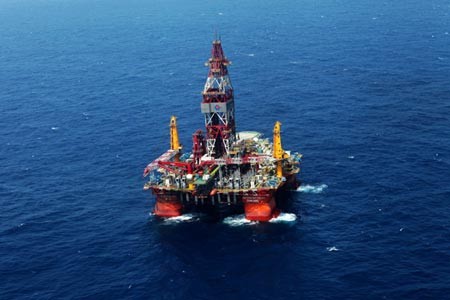Senior officials from the Japanese defense ministry are wary of the deployment of radar capabilities in China’s oil platforms in the East China Sea, according to a report by Tokyo-based Sankei Shimbun.
The area is also a flashpoint of a territorial dispute between China, Taiwan and Japan, with each country claiming sovereignty over the area.
Japan administers the territory as the Senkaku Islands, which are then claimed by China as the Diaoyu and by Taiwan as the Diaoyutai.
With oil drilling platforms established in the region, China's nationalist tabloid, the Global Times, says that it is an opportunity for the People's Liberation Army (PLA) to immediately deal with Japanese targets within the disputed area.
Prior to these developments, China had difficulty in fully implementing its Air Defense Identification Zone (ADIZ) due to the fact that its radars along the coastline could not effectively monitor foreign activity in the disputed region.
Japan also expressed fears over the potential for deployment of unmanned aerial vehicles (UAVs) and helicopters to supplement the Chinese oil platforms.
The Sankei Shimbun emphasized that relations between the two countries could worsen if the PLA attempts to utilize the oil drilling platforms for a military purpose by placing troops and aerial reconnaissance equipment.
In response, Japan has urged the development of mini-satellites that will monitor Chinese movements in the region.
China asserts sovereignty over the islands on the basis of historical claim and says that the area has served as essential fishing grounds administered by the province of Taiwan.
However, Japan says that China did not object to the provisions of the Treaty of San Francisco, and that only when the issue of oil resources emerged did Chinese and Taiwanese authorities begin pursuing their claims.



























